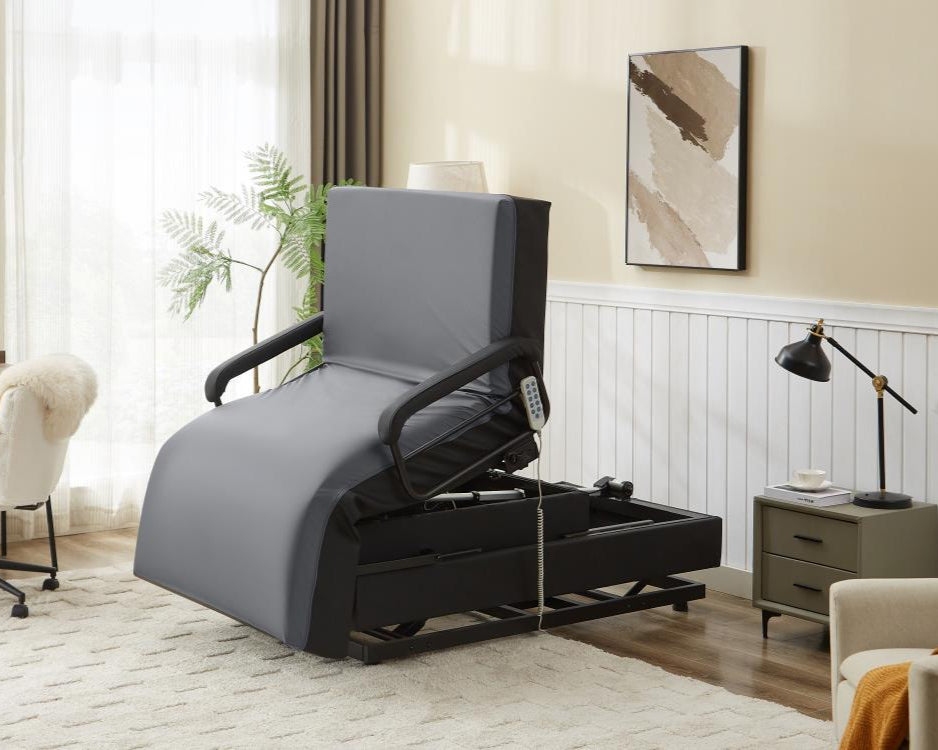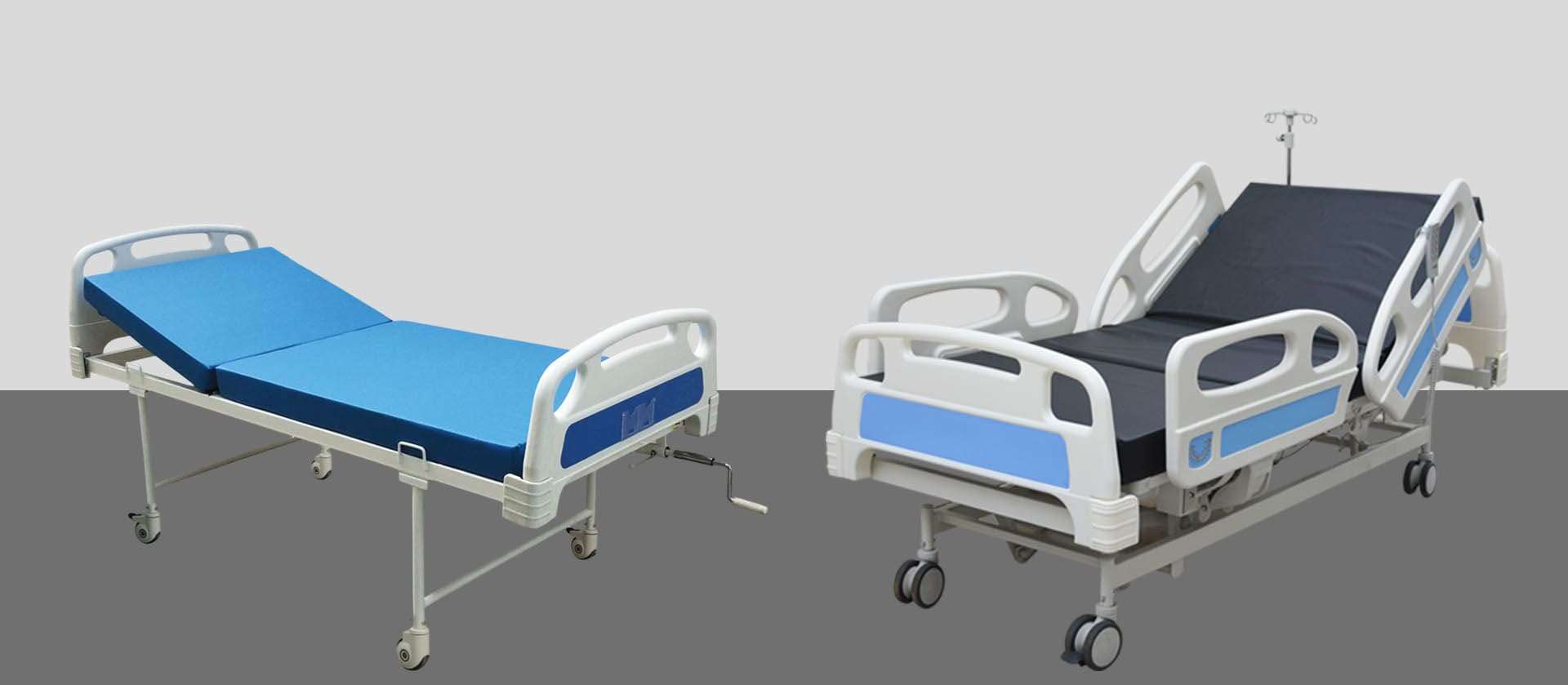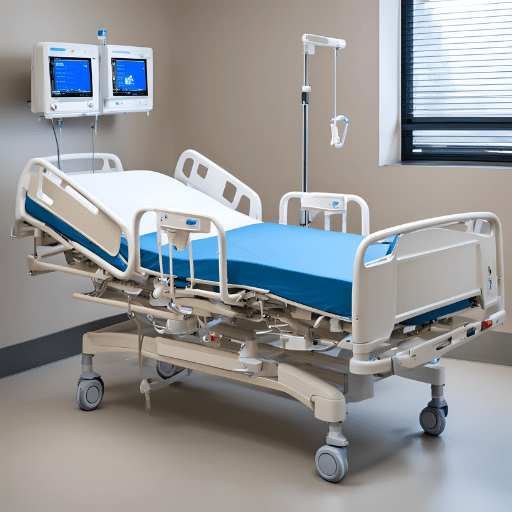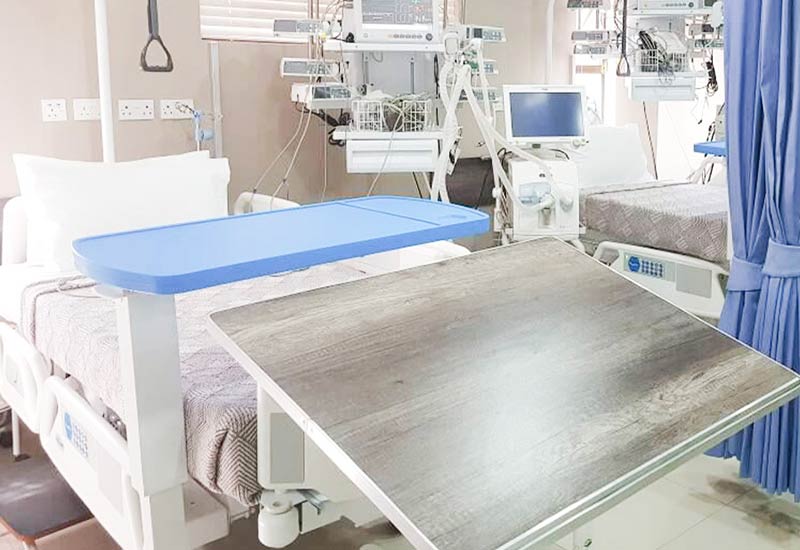Some Ideas on Hospital Beds For Home Use You Need To Know
Not known Details About Hospital Beds For Home Use
Table of ContentsUnknown Facts About Hospital Beds For Home UseThe Hospital Beds For Home Use DiariesNot known Facts About Hospital Beds For Home UseThe Facts About Hospital Beds For Home Use UncoveredThe Only Guide to Hospital Beds For Home UseHospital Beds For Home Use Things To Know Before You Get ThisThe Best Strategy To Use For Hospital Beds For Home Use
There are 3 main kinds of health center beds: manual, semi-electric, and fully-electric. These beds utilize hand cranks to readjust the bed's elevation and raise and reduce the head and the foot.
Semi-electric beds have an electric motor to elevate and lower the head and foot portions of the bed (hospital beds for home use). Full-electric beds have an electrical motor that can raise the head and foot sections of the bed as well as the entire elevation and positioning of the bed.
Some Of Hospital Beds For Home Use
Some models can additionally move into more positions, such as the Trendelenburg (tilt) setting. There are several sorts of medical facility beds, each designed to fulfill specific patient requirements. Here are some typical kinds: This is one of the most common kind of hospital bed, created for general medical usage. It has a manual or electrically flexible headrest, footrest, and height.
Lower to the ground than a typical bed. This type of bed is developed for bigger patients, with a larger framework and greater weight capacity than a common bed.
This kind of bed is created for critically sick clients who call for open monitoring and specialized medical devices such as ventilators and mixture pumps. This type of bed is designed for use during labor and distribution, with adjustable positions and attributes to sustain the mom and infant throughout the birth procedure.
Excitement About Hospital Beds For Home Use
Multiple function and the devices do broadening traction to various components of the vertebra and the extremities without moving the body. These are simply a few examples of the kinds of hospital beds available. The certain sort of bed utilized will certainly depend upon the individual's condition, medical demands, and other elements.
Here is the important things you need to know. A one-function hospital bed is a clinical bed that allows a patient to relocate only the head or foot area up or down. A 2 feature health center bed generally describes a type of clinical bed that has two flexible functions to assist clients in hospitals or treatment centers.

Some Known Questions About Hospital Beds For Home Use.
A 7-function ICU bed is a type of clinical bed that offers a number of flexible features to sustain seriously sick individuals in an intensive treatment system (ICU) (hospital beds for home use). The 7 features generally include: Back-rest adjustment: The back-rest can be changed to different angles to aid the person sit up or lie down easily
Height modification: The bed can be raised or decreased to make it simpler for people to get in and out of bed, and for caregivers to offer care. Trendelenburg setting: The entire bed can be slanted to promote blood circulation and circulation in the body. Reverse Trendelenburg placement: The bed can additionally be slanted in the opposite instructions to advertise blood flow and flow in the top body.
While more budget-friendly than electrical versions, these beds need exertion for modifications. The major benefits of hands-on beds are their affordability and integrity, as they don't rely upon electrical power. The requirement for hand-operated effort can be a constraint in circumstances where quick changes are essential or where caregivers encounter physical challenges.
5 Easy Facts About Hospital Beds For Home Use Explained
Semi-electric health center beds supply an equilibrium of manual and electric controls. These beds supply an ideal center ground between handbook and totally electrical choices, providing simplicity of use without the full cost of electric designs.
Semi-electric beds are appropriate for individuals that need moderate modifications to the head and foot sections but can take care of without regular height changes. This makes them a cost-efficient service for those seeking comfort and ease without the demand for consistent repositioning. Totally electrical healthcare facility beds include electrical controls for smooth modifications to the height, head, and foot sections.
Specialty hospital beds, such as ICU beds, lasting treatment beds, and bariatric beds, are meticulously created to attend to specific clinical demands. These beds use tailored treatment for varied client teams, enhancing both end results and convenience. In the following areas, we will discover the major kinds of specialized health center beds, describing their certain benefits and applications.
With years of experience in producing electrical direct actuators her response - hospital beds for home use and close cooperation with the healthcare sector, TiMOTION is well-positioned to supply reputable healthcare options. Our vertically incorporated business official site takes care of every action of the manufacturing process, from layout to actuator assembly, guaranteeing we provide remarkable worth and personalized services customized to your specific needs
About Hospital Beds For Home Use

To read more about incorporating these modern technologies right into your items, call us today. Further analysis:.
Data is sourced from the Medicare Price Record. Accessed January 2025. Temporary acute care healthcare facilities have the highest possible ordinary variety of beds at 187. They are the most usual sort of health center in the U.S. and comprise greater than 50% of U.S. medical facilities. Kid's healthcare facilities have 178 beds typically and VA hospitals typical 175 beds.

The Best Guide To Hospital Beds For Home Use
A medical facility bed is a bed created particularly for clinical objectives. It is not only a location for individuals to rest, but also a platform for clinical procedures. Unlike average home beds, health center beds normally have adjustable attributes, which can promote clinical personnel to make different modifications according to the requirements of clients, such as altering the height, disposition, and support angle of the back and legs of the bed.